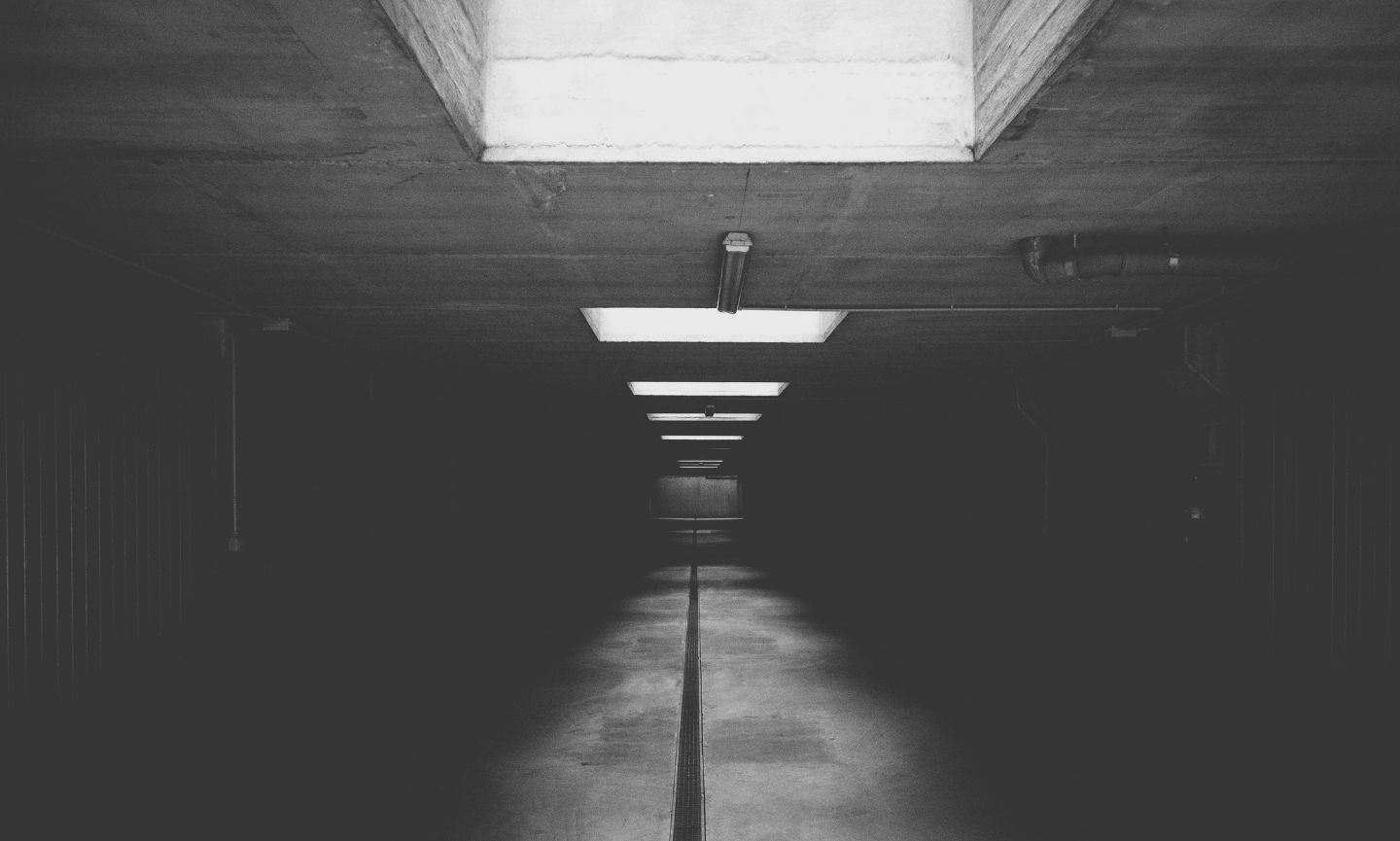A finished basement is a hidden gem waiting to be unlocked beneath your home—a space that can be transformed from a dark, musty storage area into a warm, inviting, and fully functional part of your living space. But what exactly is the definition of a finished basement? It's a carefully planned, well-executed transformation that turns a basement into a usable, comfortable, and stylish extension of your home. Let's look at what makes a basement "finished," its benefits, and what you need to know if you're considering this valuable home improvement.
Definition of a Finished Basement

What is the definition of a finished basement? Simply put, a finished basement is an additional living area located below ground level that has been fully transformed to meet modern living standards. Unlike an unfinished basement—which typically features cold cement floors, exposed pipes, and dim lighting—a finished basement has proper flooring, walls, ceilings, heating, and cooling. It's a livable, cozy space that seamlessly blends with your home's rest. Whether it’s used for entertaining, as a guest suite, or even as a basement bar, a finished basement brings added value to your home.
What are the Characteristics of a Finished Basement?
To understand what a finished basement is, it's important to recognize the specific characteristics that set it apart from an unfinished or partially finished basement. Let’s explore these defining features:
Proper Heating and Cooling Systems
- A finished basement must have permanent heating and air conditioning systems to maintain comfort throughout the year.
- Wall heaters, baseboard heaters, or integration into a central HVAC system can provide the necessary climate control.
- Installing carbon monoxide detectors is essential, especially when using systems like heating oil or propane, to keep the space safe and in compliance with building codes.
Finished Walls and Floors
- Unlike unfinished basements with bare concrete walls, a finished basement has insulated and framed walls, covered with drywall, paint, or decorative materials like ceramic tiles.
- Basement floor options in a finished basement include vinyl, laminate, tile, or carpeting, all designed to create a warm and polished look.
- The ceiling, often using drywall or tips, is also finished to create a more cohesive and aesthetically pleasing environment.
Secure Access Points
- A finished basement must have permanent stairs and appropriate egress windows or doors, which provide both easy access and emergency exits.
- Emergency egress windows are essential for safety, offering an escape route in case of emergencies while also allowing natural light to enter the space.
Compliance with Local Building Codes
- To be considered a shed basement, the space must comply with all local building codes. This includes electrical wiring, insulation, egress requirements, and ventilation standards.
- Obtaining the necessary building permits and undergoing inspections ensures that the basement is safe, functional, and adheres to proper standards, ultimately increasing your home’s value.
What are the Benefits of a Finished Basement Transforming?
Transforming your basement into a finished living spa has numerous benefits. Whether you’re looking for more room to entertain or hoping to increase your home’s value, finishing your basement is an investment that pays off in many ways.
Increased Livable Space

- A finished basement provides additional living space without the need for costly home extensions or expansions.
- It can be used for a wide range of purposes—an extra bedroom, a home office, a basement suite for guests, or even a dedicated entertainment area like a home theater or basement bar.
- Transforming what was once an underutilized storage space can create a fully functional and welcoming entire level of your mind.
Enhanced Aesthetic Appeal
- A finished basement adds warmth and comfort to what would otherwise be a cold and unwelcoming space.
- You can choose lighting fixtures, paint colors, and decor that match the design of the rest of your home, creating a cohesive living environment.
- Adding flooring options like carpet or laminate can eliminate the look of cold cement floors and provide a comfortable surface that’s perfect for family activities.
What are the Differences Between Types of Basements?
Not all basements are the saTo understand their unique features, let’s explore the differences between finished basements, unfinished basements, and partially finished basements.
Finished Basements
- A finished basement is completely transformed, with insulated walls, finished floors, ceilings, and climate control.
- It can serve as a functional living space, such as a game room, home theater, extra bedroom, or living area.
- Proper access points like permanent stairs and egress windows ensure that the space meets local building codes for safety.
Unfinished Basements
- An unfinished basement typically has exposed concrete walls, concrete floors, and bare ceiling beams.
- These spaces are usually utilized for storage or utility areas, with no finished elements or climate control.
- While unfinished basements may not be ideal for living spaces, they can be used as storage space or for practical purposes like laundry.
Partially Finished Basements
- A partially finished basement falls somewhere in between, combining finished and unfinished spaces.
- You might have finished walls, but an unfinished floor or the space may be divided into livable areas and used for storage.
- Partially finished basements are great for homeowners looking for a more affordable option to gain some usable space without fully remodeling the basement.
What are the Factors to Consider When Finishing a Basement?
Finishing your basement is a big decision, and there are several factors you need to consider before starting your basement finishing project.
Design Continuity with Existing Home
- key aspect of a finished basement is ensuring that it fits seamlessly with the rest of your home. Maintaining design continuity is essential.
- Use similar floor plans, paint colors, and decorative elements to create a cohesive environment that resembles a natural extension of the main living area.
- Lighting is crucial—whether you opt for bright lighting or soft, ambient fixtures, it should match the atmosphere of your home.
Return on Investment (ROI) Potential
- A finished basement is often one of the highest ROI projects a homeowner can undertake.
- The increased livable space can appeal to buyers, mainly if it includes desirable features like a basement suite or an extra living room.
- Adding functionality like a basement bar or basement bedrooms significantly can increase your return on investntly, making it a financially smart decision.
Legal and Permit Requirements

When it comes to finishing your basement, it’s not just about design—there are also legal aspects to consider. Here’s what you need to know about permits and building regulations.
Understanding Local Building Codes
- Local building codes ensure that your basement is safe and suitable for living. These codes cover ceiling height, ventilation, insulation, and electrical outlets.
- Installing appropriate emergency egress windows is often required to ensure safe evacuation routes.
What are the Common Features of a Finished Basement?
A finished basement offers numerous features that can enhance both your home and lifestyle. Let’s explore some common elements that make these spaces so popular.
Basement Flooring Options
- Choosing the right type of flooring is crucial when finishing a base. Vinyl, plank, laminate, and ceramic tile are popular due to their moisture-resistant properties.
- For added comfort, carpeting can be used, particularly in areas that are designed for relaxation or entertainment.
Lighting Fixtures
- Basement lighting is essential for transforming a dark, underground area into a welcoming living space.
- Tracksndant lights combine natural light from egress windows with artificial lighting from recessed tracks to create the ideal environment for any use.
Insulation and Drywall
- Proper insulation is key to making a basement comfortable and energy-efficient. It helps regulate temperature and prevent issues like basement moisture.
- Drywall is typically used to cover insulated walls, creating a polished, finished look that’s ready for paint or other wall treatments.
Heating and Ventilation Systems
- Proper heating and ventilation are must-haves for a finished basement. Options include adding baseboard heaters, wall heaters, or the basement to your existing HVAC system.
- Adequate ventilation is also necessary to prevent moisture buildup and ensure good air quality in the basement.
Additional Living Space Features
- A finished basement can feature many amenities, including bedrooms, a home office, or even a basement suite for extended family or rental purposes.
- Homeowners often include entertainment options like a home theater, a basement bar, or a gaming area to enhance the basement’s functionality.
- Extra storage space can be built into the design, providing a more organized and clutter-free living environment.
Conclusion
So, what is the definition of a finished basement? It transforms an often neglected, underutilized area into a beautiful, comfortable, and highly functional space. Whether you're looking for more livable space, an additional guest suite, or a cozy entertainment area, a finished basement adds value to your home in both practical and financial terms. From improved property value to enhanced aesthetic appeal, a finished basement is a worthwhile investment that expands the possibilities of your home.
Also Read: What Format Is Good for Laser Engraving on Anodized Aluminum




